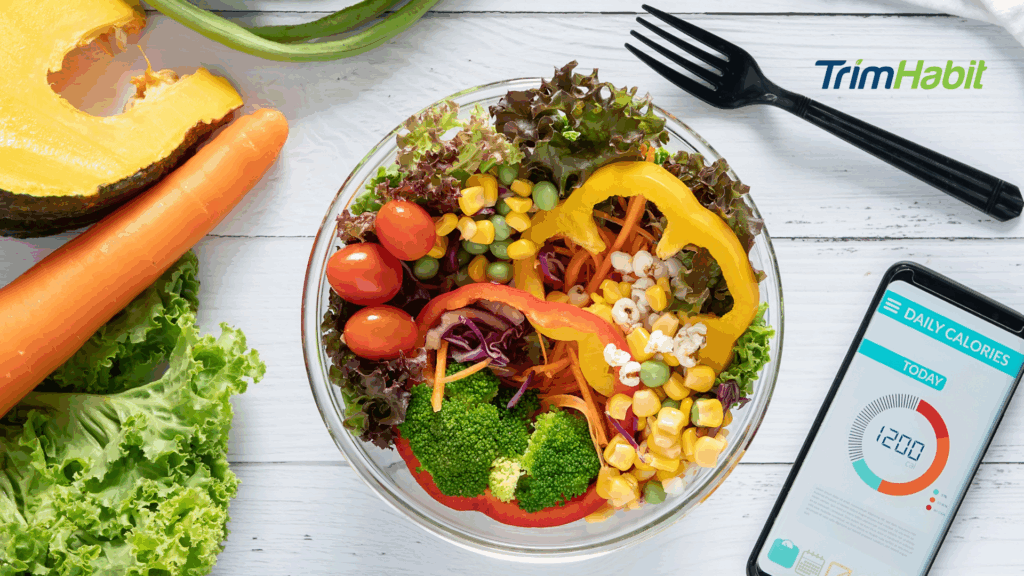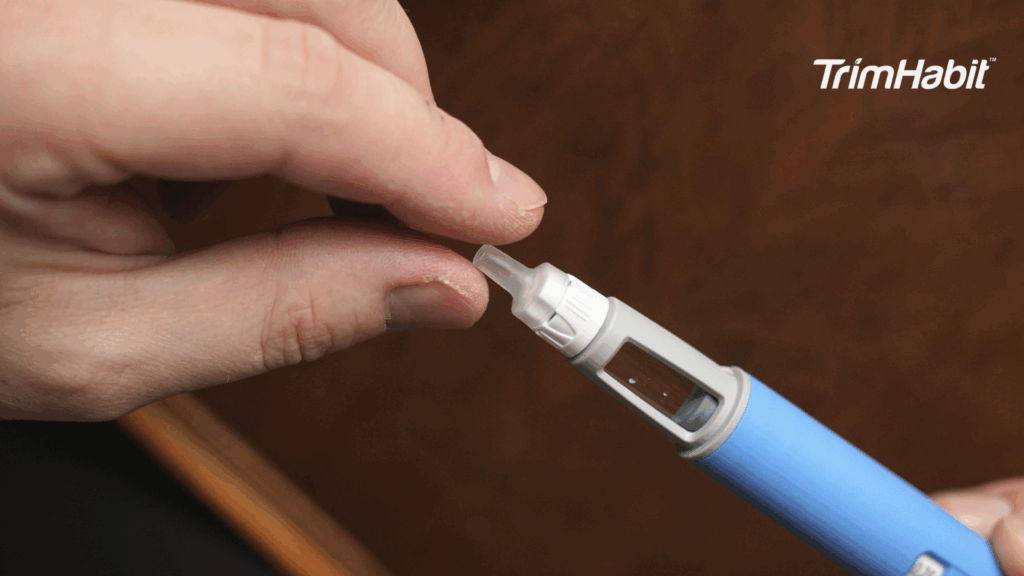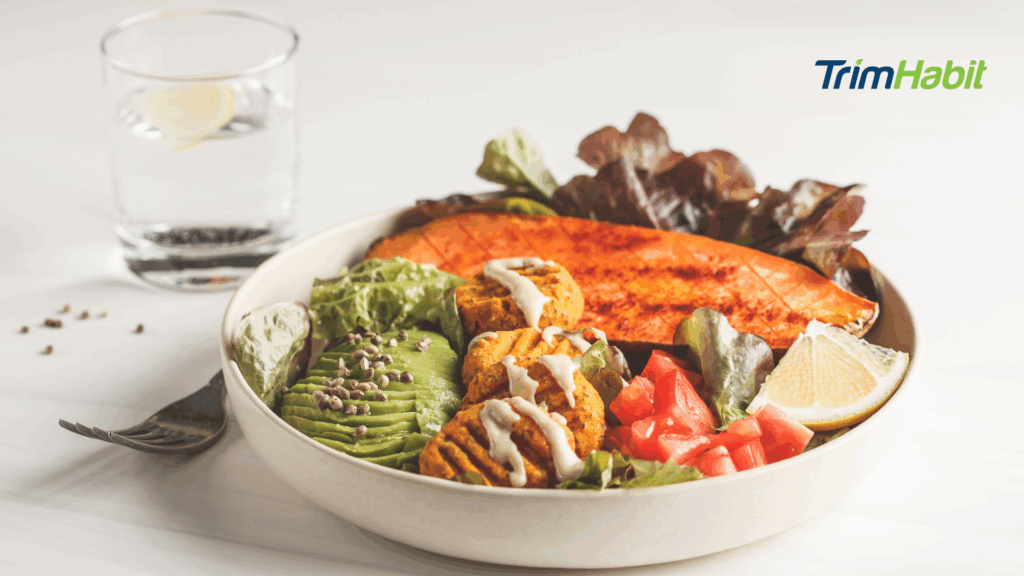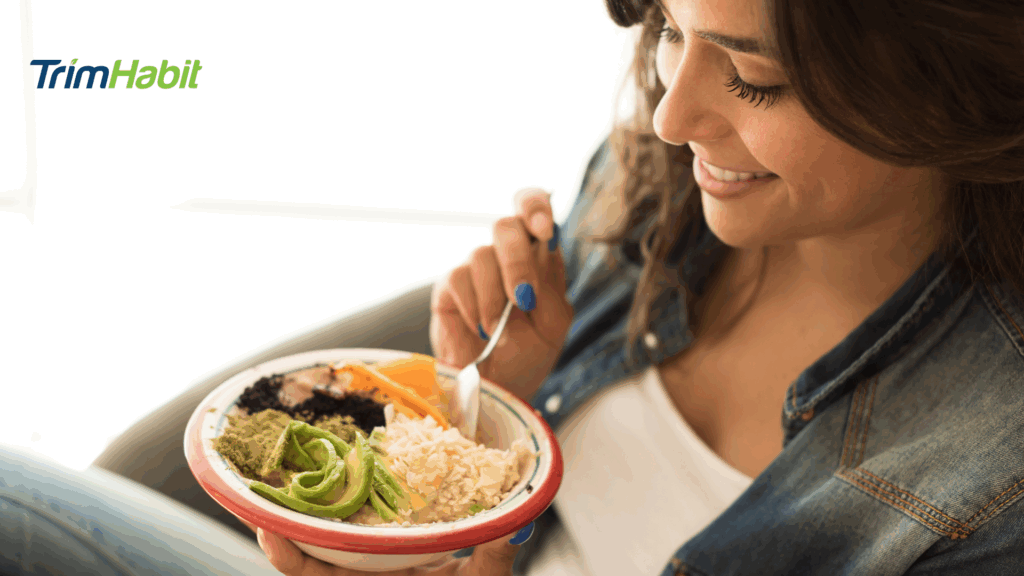When embarking on a weight loss journey, one of the fundamental aspects to consider is the selection of beverages that align with your goals. In this comparison, we will delve into the choices of Crystal Light, a popular sugar-free drink mix, and diet soda, a widely recognized low-calorie carbonated beverage.
We will tackle crystal light vs diet soda for weight loss since both of these options have gained popularity among individuals aiming to reduce their calorie intake and manage their weight effectively. This exploration will provide insights into the potential benefits and drawbacks of these two beverage alternatives, helping you make informed decisions about which one may better support your weight loss objectives.
Crystal Light And Diet Soda
Crystal Light, a powdered drink mixture, can be effortlessly incorporated into water to craft a sweet and invigorating beverage. Its extensive flavor assortment is an ideal choice for those seeking variety in their beverage selections1. More importantly, it boasts zero calories and sugar.
Similarly, diet soda is a carbonated beverage resembling conventional soda but has zero added calories and sugar. It serves as an excellent choice for carbonated beverage enthusiasts aiming to steer clear of the excess calories and sugar typically associated with regular soda. Instead of regular sugar, diet soda uses artificial sweeteners and maintains a low-calorie profile2.
Artificial Sweeteners
Artificial sweeteners, also known as sugar substitutes or sugar alternatives, are synthetic or chemically modified compounds that are used to sweeten foods and beverages. They are often employed as sugar replacements because they provide sweetness without the calories and carbohydrates found in sugar. Artificial sweeteners are typically many times sweeter than sugar, so only small amounts are needed to achieve the desired level of sweetness.
Artificial sweeteners are often used by individuals who need or choose to reduce their calorie and sugar intake, such as those with diabetes or those trying to manage their weight. However, some people may have concerns about the safety of artificial sweeteners, and there have been debates and studies regarding their potential health effects. Regulatory agencies, such as the U.S. Food and Drug Administration (FDA), have reviewed the safety of artificial sweeteners and established acceptable daily intake levels for each type3.
It’s important to use artificial sweeteners in moderation as part of a balanced diet, and individuals should consult with healthcare professionals or registered dietitians if they have specific dietary concerns or health conditions.
Difference Between Crystal Light And Diet Soda
Crystal Light is a powdered beverage mixture that you can blend with water to produce a flavored drink. It offers a broad array of flavors, such as lemonade, raspberry ice, and peach mango green tea. Crystal Light achieves its sweetness through the use of artificial sweeteners like aspartame and sucralose, and each packet contains a mere 5-10 calories4.
In contrast, diet soda is a fizzy soft drink crafted with artificial sweeteners in lieu of sugar. It is accessible in numerous flavor options like cola, lemon-lime, and orange. Typically, diet soda boasts a calorie count of zero, although certain variations may contain a minimal quantity of calories or carbohydrates.
- Taste
In terms of taste, Crystal Light and diet soda exhibit notable distinctions. Crystal Light offers a milder and invigorating flavor due to its reduced sweetener content, providing a broader selection of fruity flavors. On the flip side, a diet soda presents a more robust taste akin to regular soda. However, for some individuals, the flavor of diet soda may be perceived as slightly artificial or metallic, although this perception can differ based on the specific brand and flavor5.
- Ingredients
The composition of Crystal Light and diet soda diverges significantly as well. Crystal Light is composed of a mixture of artificial sweeteners along with natural and artificial flavors, colorings, and preservatives, all without any caffeine content6. Conversely, diet soda comprises artificial sweeteners, carbonated water, natural and artificial flavorings, colorings, and preservatives. Additionally, the presence of caffeine in diet soda varies depending on the specific brand and flavor7.
- Health Benefits
Both Crystal Light and diet soda are positioned in the market as healthier options compared to traditional sugary beverages. Despite having fewer calories and reduced sugar content compared to regular soda, it’s essential to note that they may not fall under the category of “healthy” drinks. Let’s delve into the advantages and disadvantages of each choice.
Crystal Light
- Low in calories: As stated above, Crystal Light boasts a minimal caloric content of just 5-10 calories per serving, positioning it as a low-calorie choice suitable for individuals aiming to manage their body weight.
- Sugar-free: Crystal Light utilizes artificial sweeteners for its sweetness, above cited effectively eliminating sugar from its composition. This renders it a suitable option for individuals with diabetes or those seeking to reduce their sugar consumption.
- Includes trace vitamins: Certain variants of Crystal Light incorporate trace amounts of vitamins such as vitamin C or B vitamins as fortifications. However, these vitamins are present in exceedingly small quantities and do not significantly contribute to one’s overall nutritional intake8.
- Incorporates artificial components: As mentioned before, Crystal Light contains artificial sweeteners, flavors, and colorings, a feature that some individuals may prefer to avoid due to concerns regarding their safety or potential health impacts.
Diet Soda
- Calorie-free: Diet Soda has no calories, making it a suitable choice for individuals seeking to manage their weight or monitor their calorie consumption.
- Sugar-free: Similar to Crystal Light, as above mentioned, diet soda is sweetened with artificial sweeteners and lacks any sugar content. This attribute makes it a favorable option for individuals with diabetes or those aiming to reduce their sugar intake.
- A potential source of caffeine: Numerous varieties of diet soda incorporate caffeine, which can offer a momentary energy boost. Nonetheless, excessive caffeine intake can lead to adverse effects like sleep disturbances, anxiety, and dehydration9.
- Includes artificial components: Diet soda contains artificial sweeteners, flavors, and colorings, a feature that some individuals may wish to avoid due to concerns about their safety or potential health consequences.
Crystal Light vs Diet Soda For Weight Loss
Presently, both diet soda and Crystal Light are devoid of calories and sugar, relying on artificial sweeteners and flavors. Consequently, both drinks are perceived as being unhealthy.
However, if forced to choose the lesser of two evils, Crystal Light appears to be the better option. It can aid in calorie reduction efforts and possibly help maintain hydration.
While occasional consumption is acceptable, Crystal Light should not replace water. It essentially equates to drinking water infused with artificial sweeteners, colors, and preservatives, which is concerning. Yet, if you struggle to consume ample water, Crystal Light can assist in maintaining hydration.
Using it in moderation may not significantly impact weight loss or overall health. Nevertheless, developing an addiction to these flavors and substituting them for water as a means of hydration is inadvisable.
It’s crucial to acknowledge that artificial preservatives and sweeteners can potentially cause severe harm. Presently, there’s no definitive assurance that any artificial sweetener is entirely safe and devoid of health risks.
Furthermore, it’s important to note that both beverages lack nutritional value. They merely fill your stomach with artificial substances, which is concerning, especially if they replace genuinely nutritious drinks.
Conclusion
In conclusion, when it comes to choosing between Crystal Light and diet soda for weight loss, both options share some common characteristics. They are low in calories, sugar-free drinks, and rely on artificial sweeteners and flavors. However, it’s essential to approach both beverages with caution and moderation.
Crystal Light is a slightly better choice due to its lower calorie content and potential to assist with hydration. It offers a wide variety of flavors, which can be appealing to those seeking alternatives to sugary beverages. Nevertheless, it should not be seen as a complete replacement for water, as it contains artificial additives that may not be ideal for long-term health.
Diet soda is also calorie-free and sugar-free, making it suitable for weight loss. However, it often contains caffeine, and excessive consumption of caffeine should be avoided. Like Crystal Light, diet soda contains artificial ingredients that some people may wish to limit in their diet.
In both cases, the key is moderation. These beverages should not replace essential elements of a healthy diet, such as water and whole, nutritious foods.
Relying too heavily on artificial sweeteners and flavors may have potential health risks, and a balanced approach to losing weight that includes a variety of nutrient-rich foods and regular physical activity remains the most effective and sustainable strategy. It’s always advisable to consult with a healthcare professional or registered dietitian when making significant dietary changes, especially for weight loss goals.









